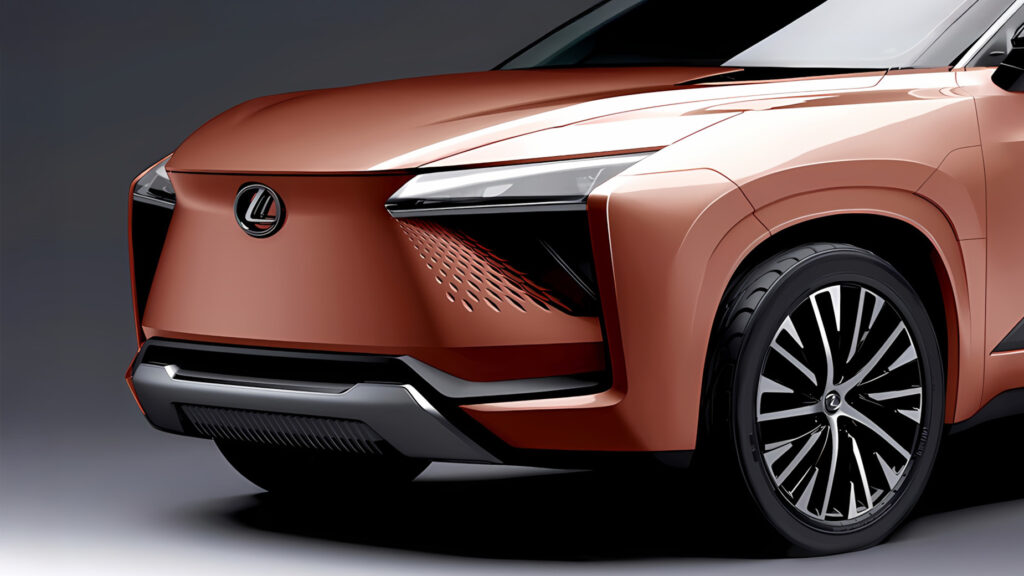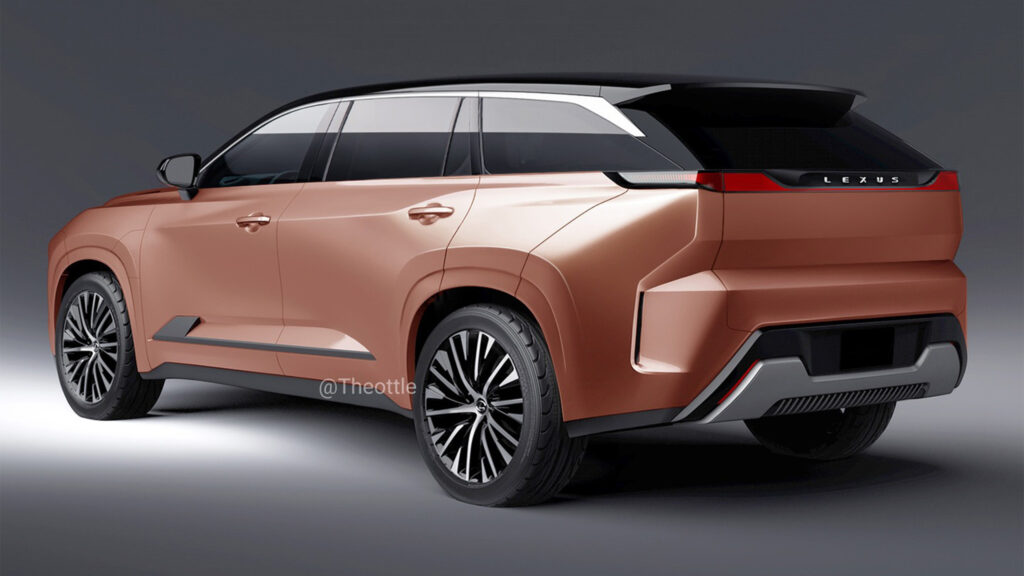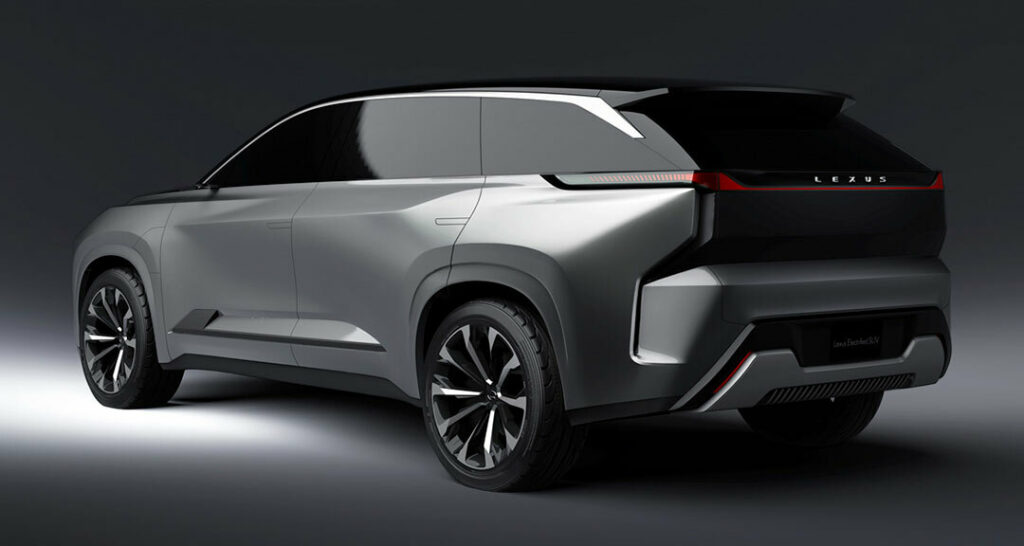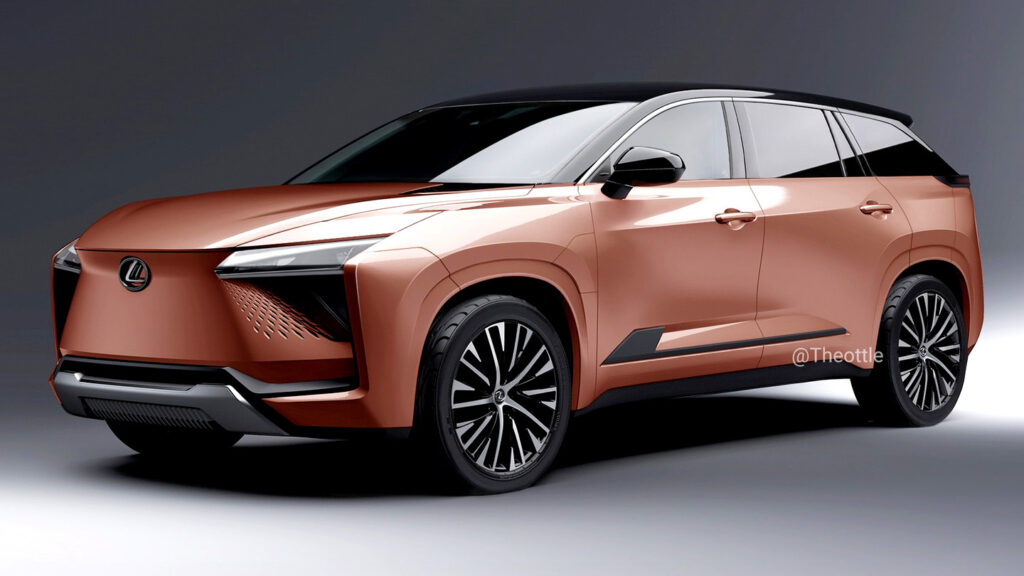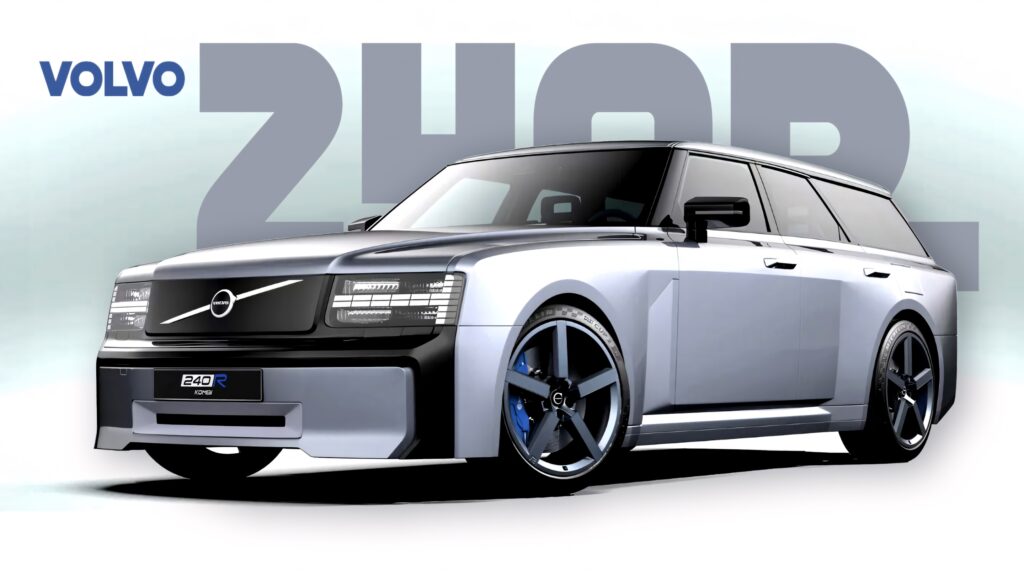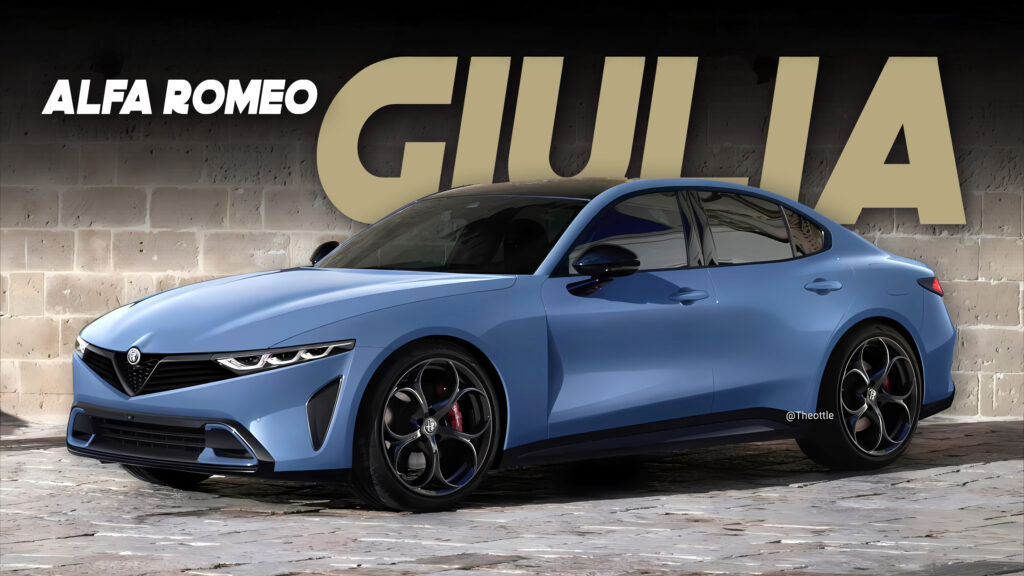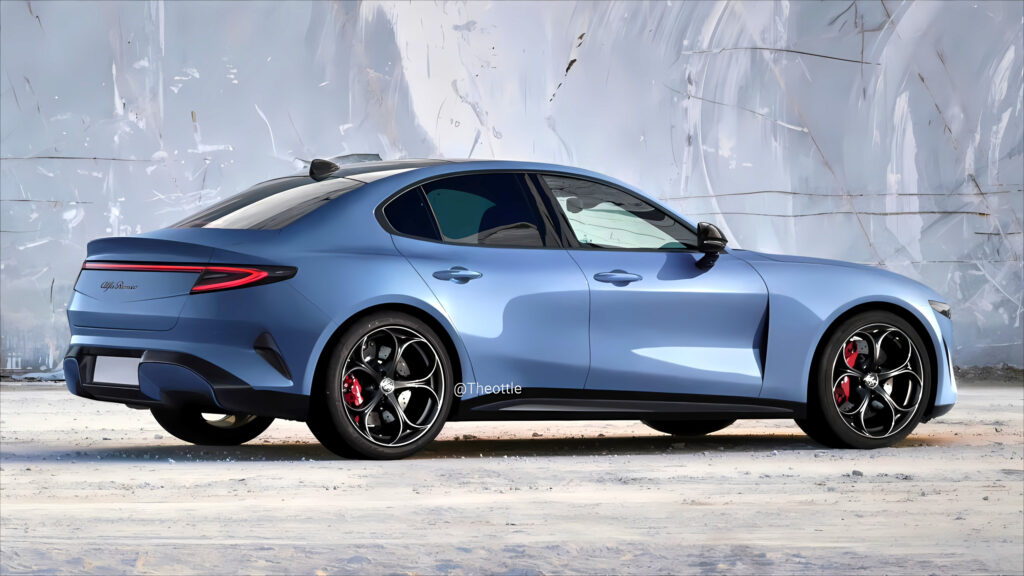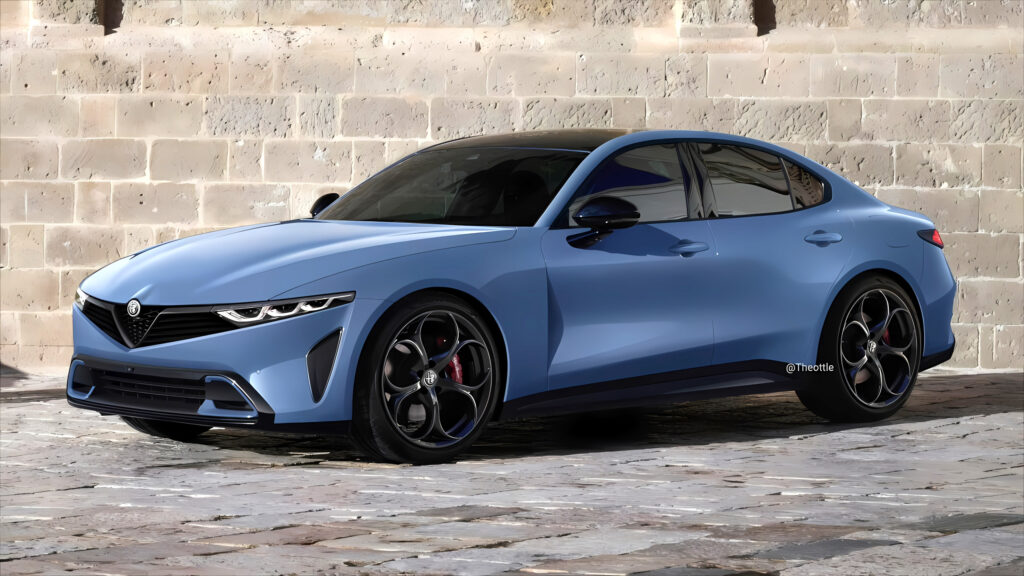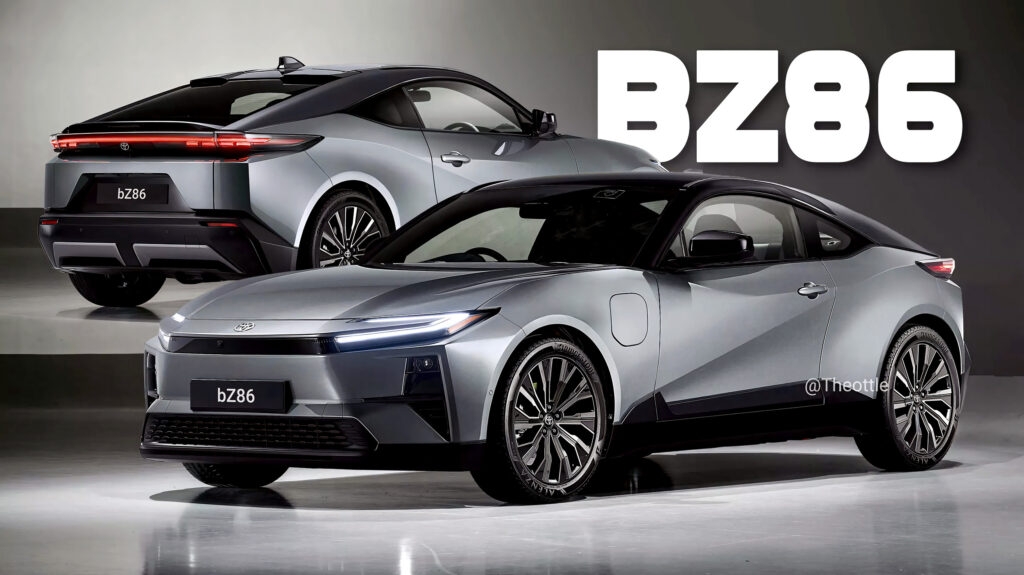Nissan’s Next Juke Is So Different, You Might Not Recognize It

- The 2026 Juke will be fully electric, with radical styling inspired by the Hyper Punk study.
- Built in Sunderland, UK, the SUV is part of Nissan’s plan for five electric models by 2026.
- Expect a 250 to 300 mile range from the subcompact model’s dual-battery options.
Nissan may be navigating through a sea of financial turbulence, but that hasn’t slowed the company’s drive to reinvent one of its most distinctive – and undeniably controversial – models for the electric age: the next-generation Juke subcompact crossover. Despite the challenges, Nissan is determined to push forward into the future of electric vehicles.
More: What If Mazda Built An Inline-Six Sports Wagon From The EZ-6?
The third-generation Juke is set to build on its predecessors’ reputation for quirky design and practicality, with production set to kick off at Nissan’s Sunderland plant in the UK. As part of a broader strategy, Nissan aims to roll out five electric models in Europe by 2026. Interestingly, the same facility is reportedly opening its doors to Chinese state-owned partner Dongfeng, which may produce its own models alongside Nissan’s electric offerings. Talk about multitasking.
Curious about what’s next for the Juke? Read on as we decode what we know, based on Nissan’s teaser images and a few well-placed insider reports.
All The Angles

The new Juke’s styling is poised to continue the nameplate’s tradition of avant-garde design. In a shadowy teaser released by Nissan, its replacement is more angular than the current model, with a swooping coupe-style roofline and intricate, sharp-edged body surfacing.
More: Toyota’s C-HR Returns To America But It’s Nothing Like You Remember
It draws inspiration from the wild Hyper Punk concept shown at the 2023 Japan Mobility Show. That concept featured origami-like geometric shapes and futuristic lighting elements. While the production Juke will be toned down from that show car’s extremes (no scissor doors or exaggerated wings), it retains a striking, “love-it-or-hate-it” character, with key highlights including tri-element DRLs, angular contrasting cladding and hidden rear door handles.
A More Refined, Tech-Savvy Cabin
While no official photos of the cabin have been released yet, reports suggest a more spacious and refined interior, with improved materials, cargo space, and overall build quality. Design-wise, the cabin may draw inspiration from the tech-focused cockpit of the Hyper Punk concept, featuring a deeply sculpted dashboard and a wrap-around center console that’s clearly oriented with the driver in mind.
On the technology front, the Juke EV should receive Nissan’s latest infotainment system, possibly an evolution of the interface used in the larger Ariya EV, complete with a sizable touchscreen, digital instrument cluster, head-up display, and extensive connectivity options.
The Fundamentals
Underpinning the new crossover will be one of the Renault-Nissan-Mitsubishi Alliance’s dedicated electric platforms. The Japanese automaker has not confirmed the exact architecture. Still, insider reports indicate the Juke EV will utilise the CMF-EV platform, which is the same one that underpins the Ariya and the upcoming third-generation Leaf.
The CMF-EV platform, designed for C-segment EVs, will enable the Juke to accommodate a larger battery and powertrain while improving interior space and packaging, helping to address previous concerns about cramped room.
Amped Ambitions

Unlike the outgoing car, the next Juke will be a purely electric affair. Confirmed details are still under wraps, but industry insiders suggest it could offer a choice of 63 kWh and 87 kWh battery packs similar to the Ariya’s – translating to roughly 250 and 300 miles (400-480 km) of range. On the other hand, Nissan may also try to keep costs down by utilizing a smaller pack in the 40–55 kWh range.
Also: Nissan’s New Electric Sedan Is As Big As A Maxima, Cheap As A Versa
In either case, the standard Juke EV will likely come with a front-wheel-drive, single-motor setup, producing around 120–150 horsepower (90–112 kW). For those craving more power, a dual-motor, all-wheel-drive version could be on offer, likely in a higher-output Nismo variant.
Rivals and Reveal

When it finally hits the market, the new Juke will face off against a growing list of electrified competitors, including the Jeep Avenger EV, Ford Puma Gen-E, Kia EV3, Renault’s retro-inspired 4 EV, Hyundai Kona Electric, Citroen C3 Aircross and Peugeot e-2008. It’s clear the market for smaller electric crossovers is heating up, and the Juke will need to bring its A-game.
The current Juke will continue to be sold alongside its electric successor for a while, but the official reveal of the new Juke is expected later this year. While Nissan has confirmed its plans to launch the Juke EV in Europe by next year, there’s no word yet on whether it will be sold in North America. With tariffs looming large, Nissan might be waiting to see how things play out, especially after the U.S. recently signed a deal to reduce the UK’s 27.5% auto tariff to 10% for a quota of 100,000 cars.
What do you think of the Juke’s radical new appearance? Let us know in the comments below.











